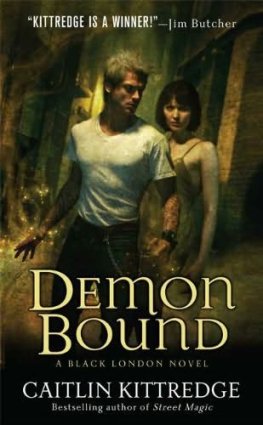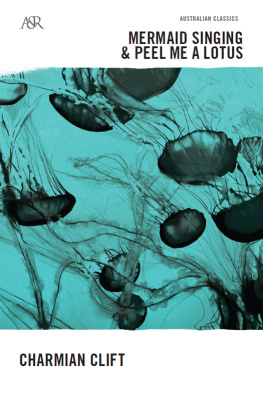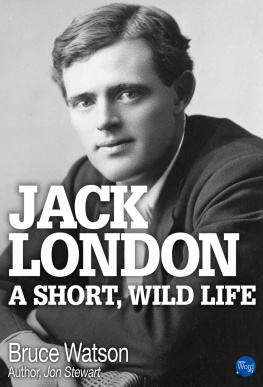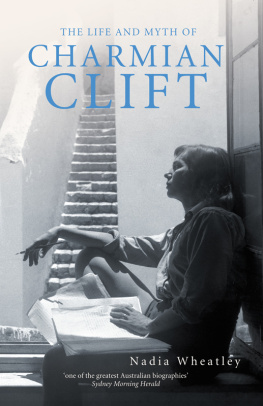First published in 2002 by
Kegan Paul International
This edition first published in 2011 by
Routledge
2 Park Square, Milton Park, Abingdon, Oxon, OX 14 4RN
Simultaneously published in the USA and Canada
by Routledge
711 Third Avenue, New York, NY 10017
Routledge is an imprint of the Taylor & Francis Group, an in forma business
Kegan Paul, 2002
All rights reserved. No part of this book may be reprinted or reproduced or
utilised in any form or by any electronic, mechanical, or other means, now
known or hereafter invented, including photocopying and recording, or in
any information storage or retrieval system, without permission in writing
from the publishers.
British Library Cataloguing in Publication Data
A catalogue record for this book is available from the British Library
ISBN 10: 0-7103-0687-3 (hbk)
ISBN 13: 978-0-7103-0687-6 (hbk)
Publisher's Note
The publisher has gone to great lengths to ensure the quality of this reprint
but points out that some imperfections in the original copies may be
apparent. The publisher has made every effort to contact original copyright
holders and would welcome correspondence from those they have been
unable to trace.
ON THE MAKALOA MAT
ON THE MAKALOA MAT
U NLIKE the women of most warm races, those of Hawaii age well and nobly. With no pretense of make-up or cunning concealment of time's inroads, the woman who sat under the hau tree might have been permitted as much as fifty years by a judge competent anywhere over the world save in Hawaii. Yet her children and her grandchildren, and Roscoe Scandwell, who had been her husband for forty years, know that she was sixty-four and would be sixty-five come the next twenty-second day of June. But she did not look it, despite the fact that she thrust reading glasses on her nose as she read her magazine and took them off when her gaze desired to wander in the direction of the half-dozen children playing on the lawn.
It was a noble situationnoble as the ancient hau tree, the size of a house, where she sat as if in a house, so spaciously and comfortably houselike was its shade furnished; noble as the lawn that stretched away landward, its plush of green at an appraisement of two hundred dollars a front foot, to a bungalow equally dignified, noble, and costly. Seaward, glimpsed through a fringe of hundred-foot cocoanut palms, was the ocean, beyond the reef a dark blue that grew indigo blue to the horizon, within the reef all the silken gamut of jade and emerald and tourmaline.
And this was but one of the half-dozen houses belonging to Martha Scandwell. Her town house, a few miles away in Honolulu, on Nuuanu Drive, between the first and second showers, was a palace. Hosts of guests had known the comfort and joy of her mountain house on Tantalus, and of her volcano house, her mauka (mountainward) house, and her makai (seaward) house on the big island of Hawaii. Yet this Waikiki house stressed no less than the rest in beauty, in dignity and in expensiveness of upkeep. Two Japanese yard boys were trimming hibiscus, a third was engaged expertly with the long hedge of night-blooming cereus that was shortly expectant of unfolding in its mysterious night-bloom. In immaculate ducks, a house Japanese brought out the tea things, followed by a Japanese maid, pretty as a butterfly in the distinctive garb of her race and fluttery as a butterfly to attend on her mistress. Another Japanese maid, an array of Turkish towels on her arm, crossed the lawn well to the right in the direction of the bathhouses, from which the children, in swimming suits, were beginning to emerge. Beyond, under the palms at the edge of the sea, two Chinese nurse maids, in their pretty native costume of white yeeshon and straight-lined trousers, their black braids of hair down their backs, attended each on a baby in a perambulator.
And all these servants, and nurses, and grandchildren were Martha Scandwel;'s. So likewise was the color of the skin of the grandchildren the unmistakable Hawaiian color, tinted beyond shadow of mistake by exposure to the Hawaiian sun. One eighth and one sixteenth Hawaiian were they, which meant that seven eighths of fifteen sixteenths white blood informed that skin, yet failed to obliterate the modicum of golden tawny brown of Polynesia. But in this again, only a trained observer would have known that the frolicking children were aught but pure-blooded white. Roscoe Scandwell, grandfather, was pure white; Martha, three quarters white; the many sons and daughters of them seven eighths white; the grandchildren graded up to fifteen sixteenths white, or, in the cases when their seven eighths fathers and mothers had married seven eighths, themselves fourteen sixteenths or seven eighths white. On both sides the stock was good, Roscoe straight descended from the New England Puritans, Martha no less straight descended from the royal chief stocks of Hawaii whose genealogies were chanted in meles a thousand years before written speech was acquired.
In the distance a machine stopped and deposited a woman whose utmost years might have been guessed as sixty, who walked across the lawn as lightly as a well-cared-for woman of forty, and whose actual calendar age was sixty-eight Martha rose to greet her in the hearty Hawaiian way, arms about, lips on lips, faces eloquent and bodies no less eloquent with sincereness and frank exces-siveness of emotion. And it was Sister Bella, and Sister Martha, back and forth, intermingled with almost incoherent inquiries about each other, and about Uncle This and Brother That and Aunt Some One Else, until, the first tremulous-ness of meeting over, eyes moist with tenderness of love, they sat gazing at each other across their teacups. Apparently, they had not seen nor embraced for years. In truth, two months marked the interval of their separation. And one was sixty-four, the other sixty-eight. But the thorough comprehension resided in the fact that in each of them one fourth of them was the sun-warm, love-warm heart of Hawaii.












